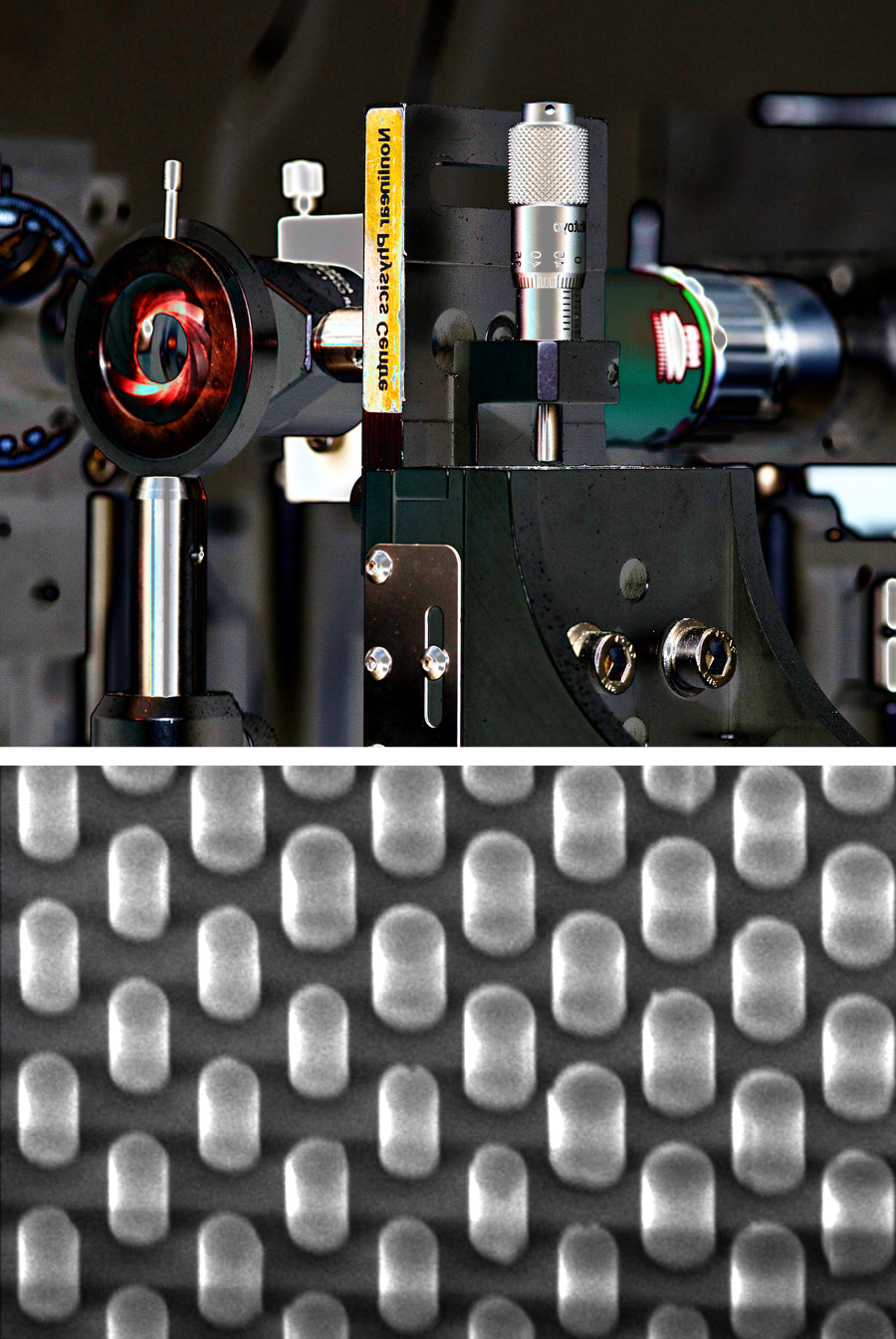Holograms floated on fibres
 Australian physicists have invented a tiny device that creates the highest quality holographic images ever achieved.
Australian physicists have invented a tiny device that creates the highest quality holographic images ever achieved.
A team from ANU has created complex holographic images in infrared with the invention that could be developed to an industrial level.
Holograms require complex manipulations of light to enable the storing and reproduction of all information carried by light in 3D.
In contrast, standard photographs and computer monitors capture and display just a small portion of 2D information.
“While research in holography plays an important role in the development of futuristic displays and augmented reality devices, today we are working on many other applications such as ultra-thin and light-weight optical devices for cameras and satellites,” lead researcher Lei Wang said.
Mr Wang said the device could replace bulky components to miniaturise cameras and save costs in astronomical missions by reducing the size and weight of optical systems on space craft.
Co-lead researcher Dr Sergey Kruk said the device consisted of millions of tiny silicon pillars, each up to 500 times thinner than a human hair.
“This new material is transparent, which means it loses minimal energy from the light, and it also does complex manipulations with light,” said Dr Kruk.
“Our ability to structure materials at the nanoscale allows the device to achieve new optical properties that go beyond the properties of natural materials.
“The holograms that we made demonstrate the strong potential of this technology to be used in a range of applications.”
ANU led the design, fabrication and optical testing of the device, while the research behind it was conducted in collaboration with the Oak Ridge National Laboratory in the United States and Nanjing University in China.
The research is published in Optica as a Memorandum, a special announcement of scientific breakthroughs.







 Print
Print